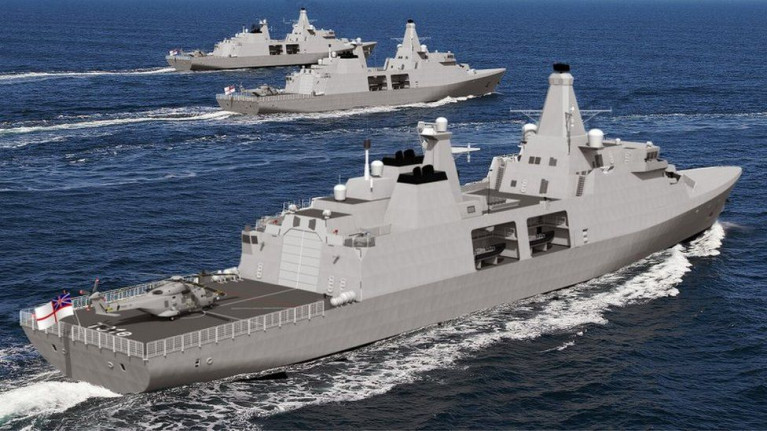Officially work has started on a £1.25bn project to build five new warships for the UK's Royal Navy.
UK Defence Secretary Ben Wallace cut the first steel for the first Type 31 frigate - HMS Venturer - due to be built by Babcock at its Rosyth shipyard in Fife.
The fleet's construction will support about 1,250 highly skilled jobs at Babcock and lead to an additional 150 apprenticeships.
It is also expected to support a further 1,250 UK supply chain roles.
At £250m per vessel, the Type 31 is a smaller, cheaper frigate than the Type 26 warships currently being built at the Upper Clyde shipyards.
The Type 31 will undertake a variety of operational roles, including interception and disruption of illegal activity at sea, intelligence gathering and defence engagement.
They will replace the five general-purpose Type-23 frigates currently in service with the Royal Navy.
BBC News Scotland has much more.


























































